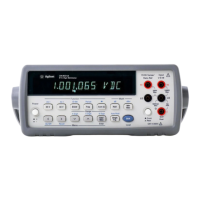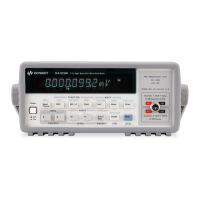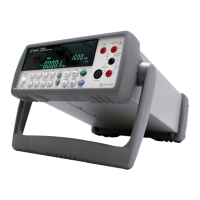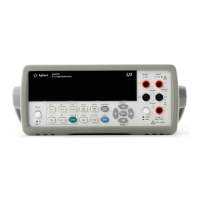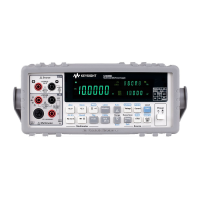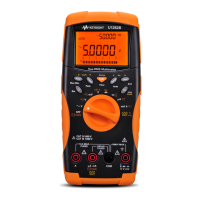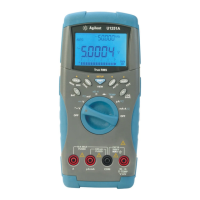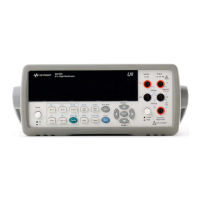94 Chapter 4 Making Measurements
The SREAL number is then calculated by:
-1
´ 2
-8
´ 1.56471443177 = -6.1121657491E-3
Double Real The double real (DREAL) format conforms to IEEE-754 specifiations and
contains 64 bits (8 bytes) per reading as follows:
byte 0 byte 1 byte 2 byte 3
S EEE EEEE EEEE MMMM MMMM MMMM MMMM MMMM
byte 4 byte 5 byte 6 byte 7
MMMM MMMM MMMM MMMM MMMM MMMM MMMM MMMM
Where:
S = sign bit (1 = negative 0 = positive)
E = base two exponent biased by 1023 (to decode these 11 bits, subtract 1023
from their decimal equivalent).
M = mantissa bits (those right of the radix point). There is an implied most
significant bit (MSB) to the left of the radix point. This bit is always "1".
This provides an effective precision of 53 bits with the least significant bit
(right most) weighted 2
-52
. Another way to evaluate this mantissa is to
convert these 53 bits (MSB = "1") to an integer and then multiply by 2
-52
.
The value of a number in the DREAL format is calculated by:
(-1)
S
´ (mantissa) ´ 2
(exponent)
Using Reading Memory
The multimeter stores readings in memory whenever readings are being
taken and reading memory is enabled. Reading memory has a FIFO
(first-in-first-out) mode and a LIFO (last-in-first-out) mode. In the FIFO
mode, the first reading stored is the first reading returned when you recall
readings without specifying reading numbers (implied read method which is
discussed later in this chapter). If you fill the reading memory in the FIFO
mode, all stored readings remain intact and new readings are not stored.
In the LIFO mode, the last reading stored is the first reading returned when
you recall readings without specifying reading numbers. If you fill reading
memory in the LIFO mode, the oldest readings are replaced by the newest
readings. You enable reading memory and specify the mode using the MEM
command. (Specifying a reading memory mode erases any previously stored
readings.) For example, to specify reading memory using the LIFO mode,
send:
OUTPUT 722."MEM LIFO"
The multimeter is now enabled to store readings. After storing readings, you
can disable reading memory and leave all stored readings intact by sending:
OUTPUT 722;"MEM OFF"
Later, you can resume the previous mode to store additional readings without
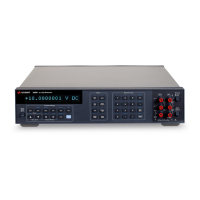
